Hey there, fellow weightlifting warriors! If you've ever wrapped your hands around a barbell or gripped onto dumbbells for an intense session, you're probably no stranger to those pesky calluses that seem to pop up out of nowhere. Calluses on hands from weightlifting are not just a cosmetic concern; they can impact your grip, cause discomfort, and even lead to more serious issues if left untreated. In this comprehensive guide, we'll dive deep into everything you need to know about dealing with these stubborn skin thickenings, from understanding what causes them to learning the best treatment and prevention strategies. So, let's roll up our sleeves (or rather, unwrap our calloused palms) and get started!
Understanding Hand Calluses: The Basics
Before we jump into treatment methods, it's crucial to understand what calluses are and why they form on our hands during weightlifting.
Formation Process
Calluses are areas of thickened skin that develop as a protective response to repeated friction and pressure. When you lift weights, the constant rubbing of your hands against the equipment, like barbells, dumbbells, or pull-up bars, stimulates your skin to produce extra layers of keratin, a protein that makes up the outer layer of your skin. This buildup of keratin results in the hard, rough patches we know as calluses.
Impact on Training
While calluses are nature's way of protecting your skin from damage, they can sometimes become too thick or develop into painful blisters or cracks. This not only makes your training sessions less enjoyable but can also increase your risk of injury. For example, a cracked callus can expose your skin to bacteria, leading to infections. So, learning how to manage calluses effectively is an essential part of any weightlifter's routine.
Daily Hand Care: The First Line of Defense
One of the most effective ways to deal with calluses is through proper daily hand care. Taking care of your hands before, during, and after your weightlifting sessions can significantly reduce the likelihood of callus formation and keep your skin healthy and supple.
Cleaning Your Hands
After a tough weightlifting workout, your hands are likely to be sweaty and covered in chalk, dirt, and bacteria. It's important to clean your hands thoroughly as soon as possible to prevent these substances from irritating your skin and contributing to callus formation.
Use a mild soap and warm water to gently wash your hands, making sure to scrub between your fingers and around your nails. Avoid using hot water, as it can dry out your skin and make it more prone to cracking.
Moisturizing Regularly
Moisturizing is key to keeping your skin soft and preventing calluses from becoming too hard and rough. After washing your hands, apply a high-quality hand cream or moisturizer to lock in moisture.
Look for products that contain ingredients like shea butter, cocoa butter, glycerin, or hyaluronic acid, as these are excellent for hydrating the skin. You can also use petroleum jelly or cuticle oil for extra moisture, especially on areas prone to calluses.
Make it a habit to moisturize your hands several times a day, especially before and after your workouts.
Treating Existing Calluses: Step-by-Step Guide
If you already have calluses on your hands, don't worry! There are several effective treatment methods you can try to reduce their size, soften them, and make them less noticeable. Here's a step-by-step guide to treating calluses at home:
Soaking Your Hands
The first step in treating calluses is to soften them. Soaking your hands in warm water for 10-15 minutes can help to loosen the thickened skin and make it easier to remove.
You can add a few drops of mild soap or Epsom salts to the water to enhance the softening effect. Epsom salts also have anti-inflammatory properties, which can help reduce any pain or discomfort associated with the calluses.
Gently Trimming or Filing
Once your hands are softened, you can use a nail file, pumice stone, or foot file to gently remove the top layer of the callus. Be extremely careful not to overdo it or cut into the healthy skin.
Start by filing in one direction in a gentle, smooth motion. If you're using a pair of nail clippers or scissors to trim the callus, make sure they are clean and sharp to avoid tearing the skin. Only trim the very top layer of the callus that is loose and dead.
Applying Treatments
After trimming or filing the callus, apply a moisturizing treatment to keep the area hydrated. You can use a specialized callus treatment cream, which often contains ingredients like urea or salicylic acid to help break down the thickened skin.
Alternatively, you can apply a thick layer of petroleum jelly or a rich hand cream and cover your hands with cotton gloves overnight to allow the treatment to penetrate deeply into the skin.
Prevention Strategies: Keep Calluses at Bay
Prevention is always better than cure, and the same goes for calluses on your hands from weightlifting. By taking a few simple precautions, you can significantly reduce the risk of developing calluses or keep existing ones from getting worse.
Invest in Quality Equipment
Using the right weightlifting equipment can make a huge difference in preventing calluses. Consider investing in a pair of high-quality weightlifting gloves or grips. Gloves provide a barrier between your hands and the equipment, reducing friction and pressure.
Look for gloves that fit well, are made of breathable materials, and have good padding in the palm area. Grips, on the other hand, can help improve your grip strength and reduce the amount of pressure on your hands, especially during exercises like pull-ups and rows.
Adjust Your Technique
Proper weightlifting technique is not only important for maximizing your gains but also for protecting your hands. Make sure you're using the correct grip and form for each exercise.
For example, when performing a deadlift, position the barbell or grip to press against the middle phalanges and near the proximal interphalangeal joints, rather than at the base of the fingers. The sensation should be as if you're hooking the bar with your fingers—curling them to form a "hook," allowing the bar to rest within this hook.

If you're unsure about your technique, consider working with a qualified personal trainer who can guide you and correct any mistakes.
Rotate Your Exercises
Doing the same exercises over and over again can put excessive stress on the same areas of your hands, increasing the likelihood of callus formation. To prevent this, try to rotate your exercises and work different muscle groups on different days.
This will not only help prevent overuse injuries but also distribute the pressure on your hands more evenly. For example, if you do a lot of pull-ups one day, focus on lower body exercises the next day to give your hands a break.
Special Situations: When to Seek Professional Help
While most calluses can be treated at home with the methods described above, there are some situations where it's best to seek professional help.
If your callus is causing severe pain, is infected (showing signs of redness, swelling, warmth, or pus), or doesn't improve after a few weeks of home treatment, it's time to see a doctor or a dermatologist. They can provide more advanced treatment options, such as prescription-strength medications, chemical peels, or in severe cases, surgical removal.
Another situation where professional advice may be needed is if you have an underlying medical condition that affects your skin, such as diabetes or psoriasis. These conditions can make your skin more prone to problems, and improper treatment of calluses can lead to serious complications. A healthcare professional can help you develop a personalized treatment plan that takes your specific medical needs into account.
Conclusion
Calluses on hands from weightlifting are a common issue for lifters, but with the right knowledge and strategies, you can effectively manage and prevent them. Remember:
- Daily Care: Proper daily hand care, including cleaning and moisturizing, is essential for keeping your skin healthy.
- Treatment: When treating existing calluses, be gentle and patient, and avoid overdoing it.
- Prevention: Take steps to prevent calluses from forming in the first place by using the right equipment, adjusting your technique, and rotating your exercises.
If you ever find yourself in a situation where you're unsure how to deal with a callus or if it's causing you problems, don't hesitate to seek professional help. Your hands are your tools in the weightlifting world, and taking good care of them is crucial for your long-term training success. So, go ahead, implement these tips, and say goodbye to those pesky calluses! Keep lifting, keep growing, and keep your hands in top shape!
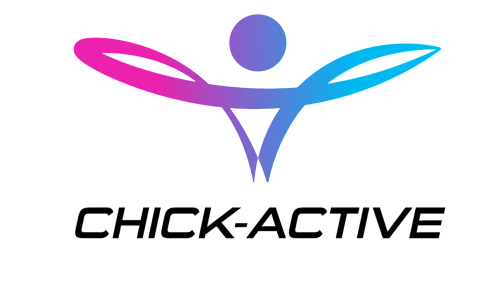
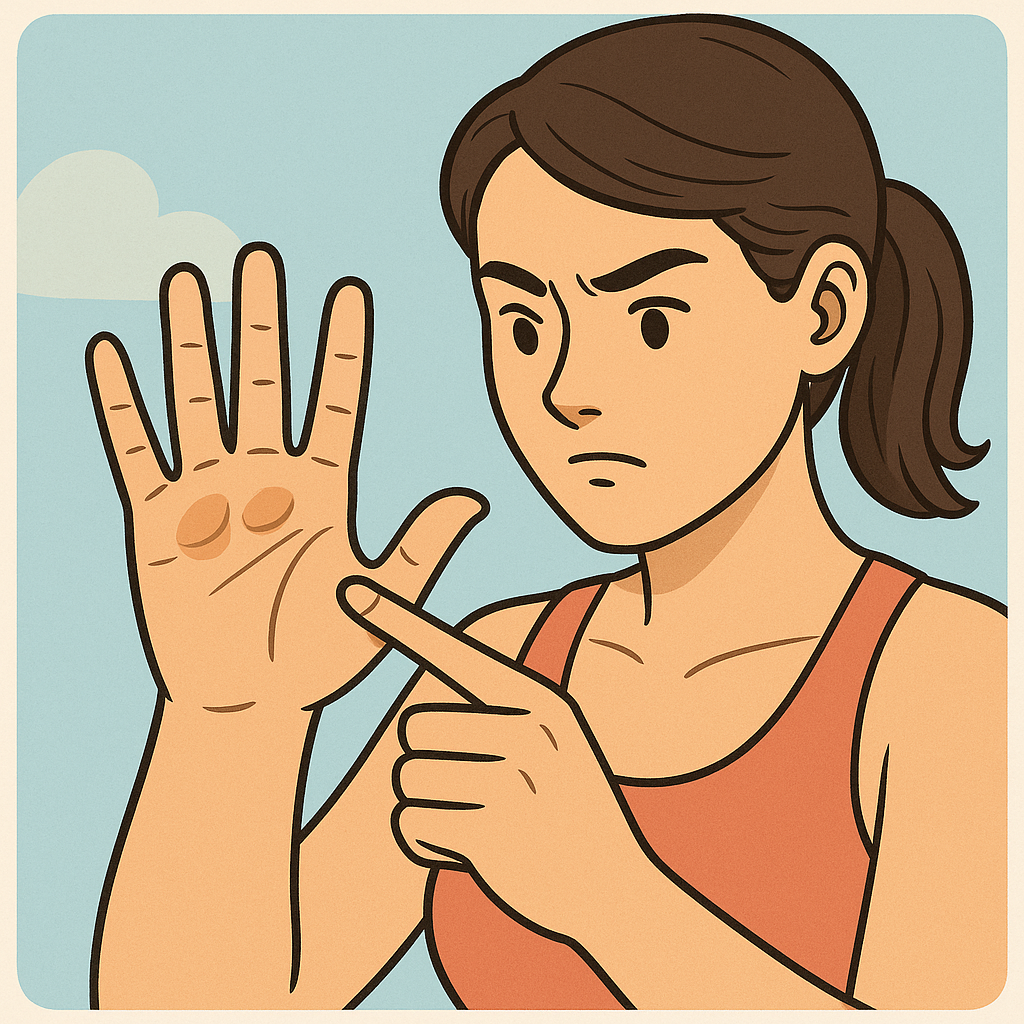
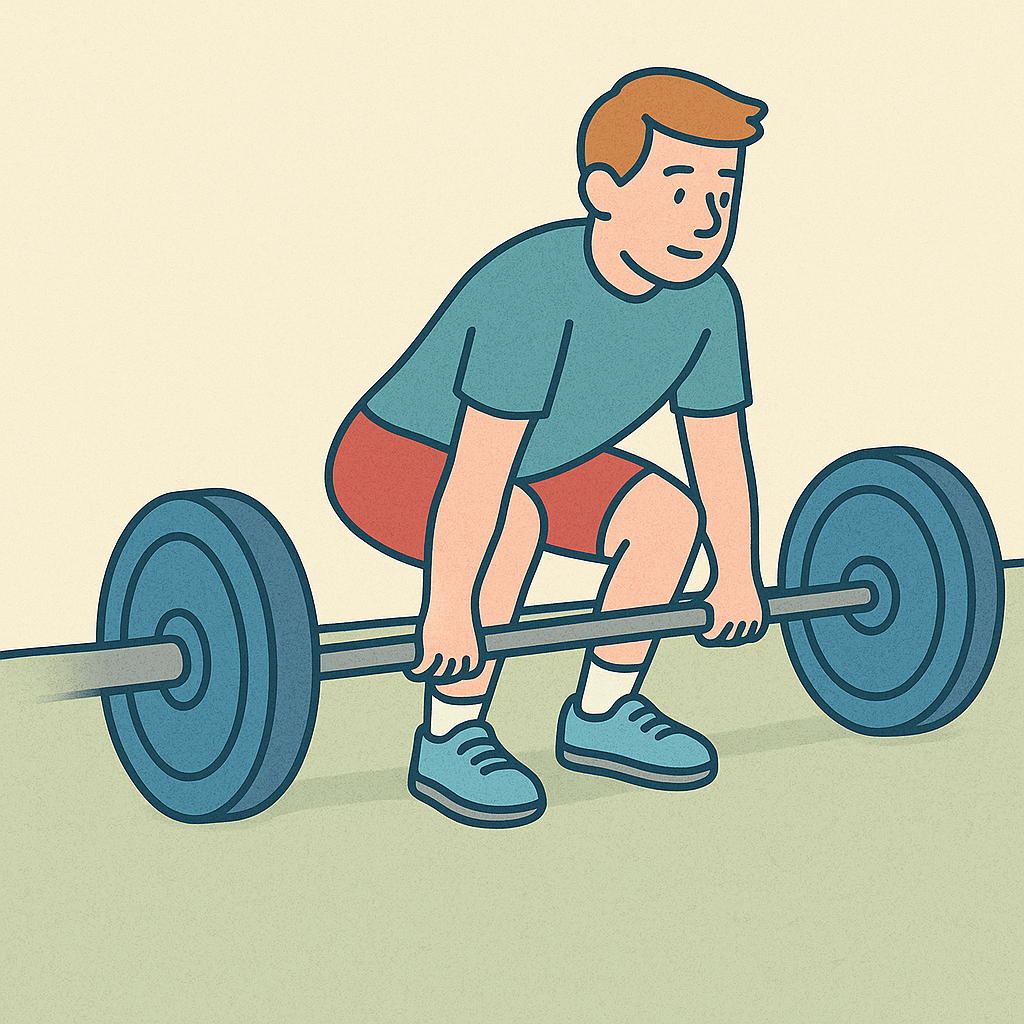
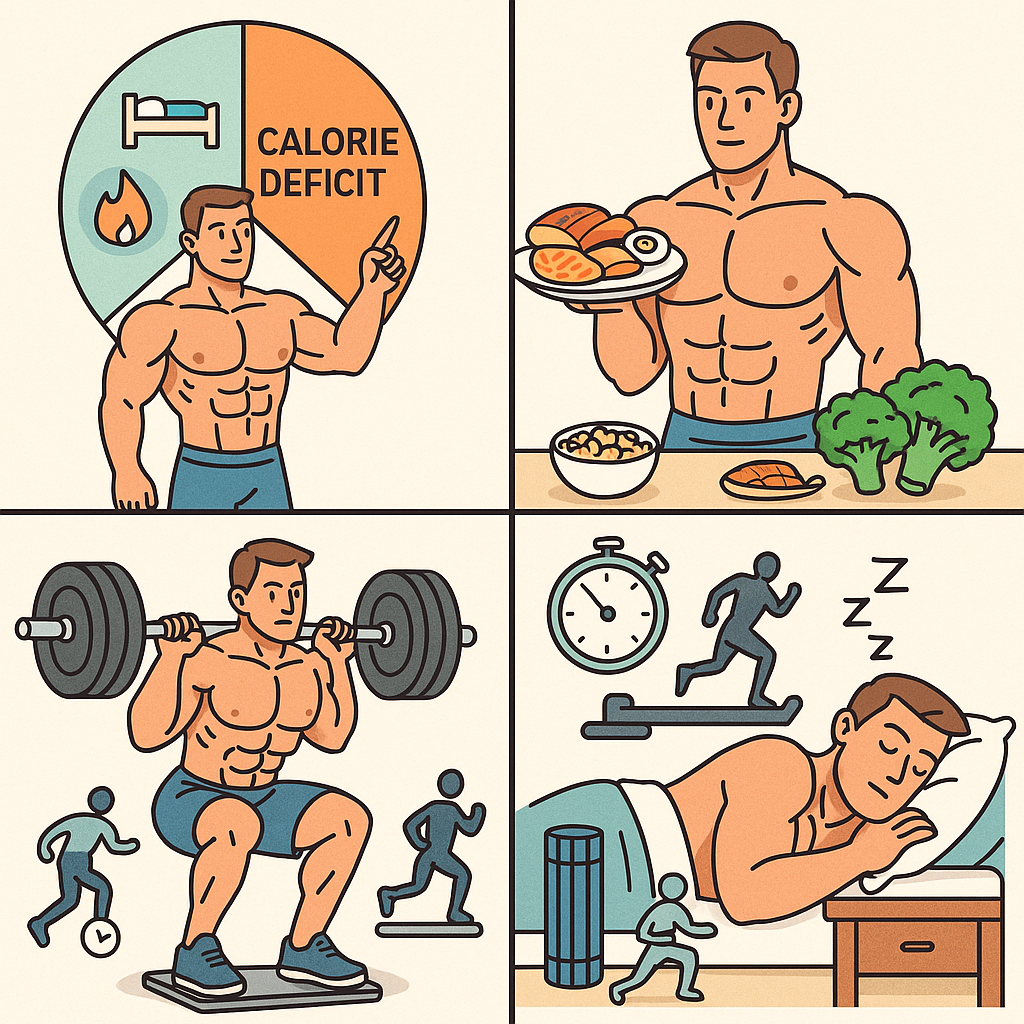
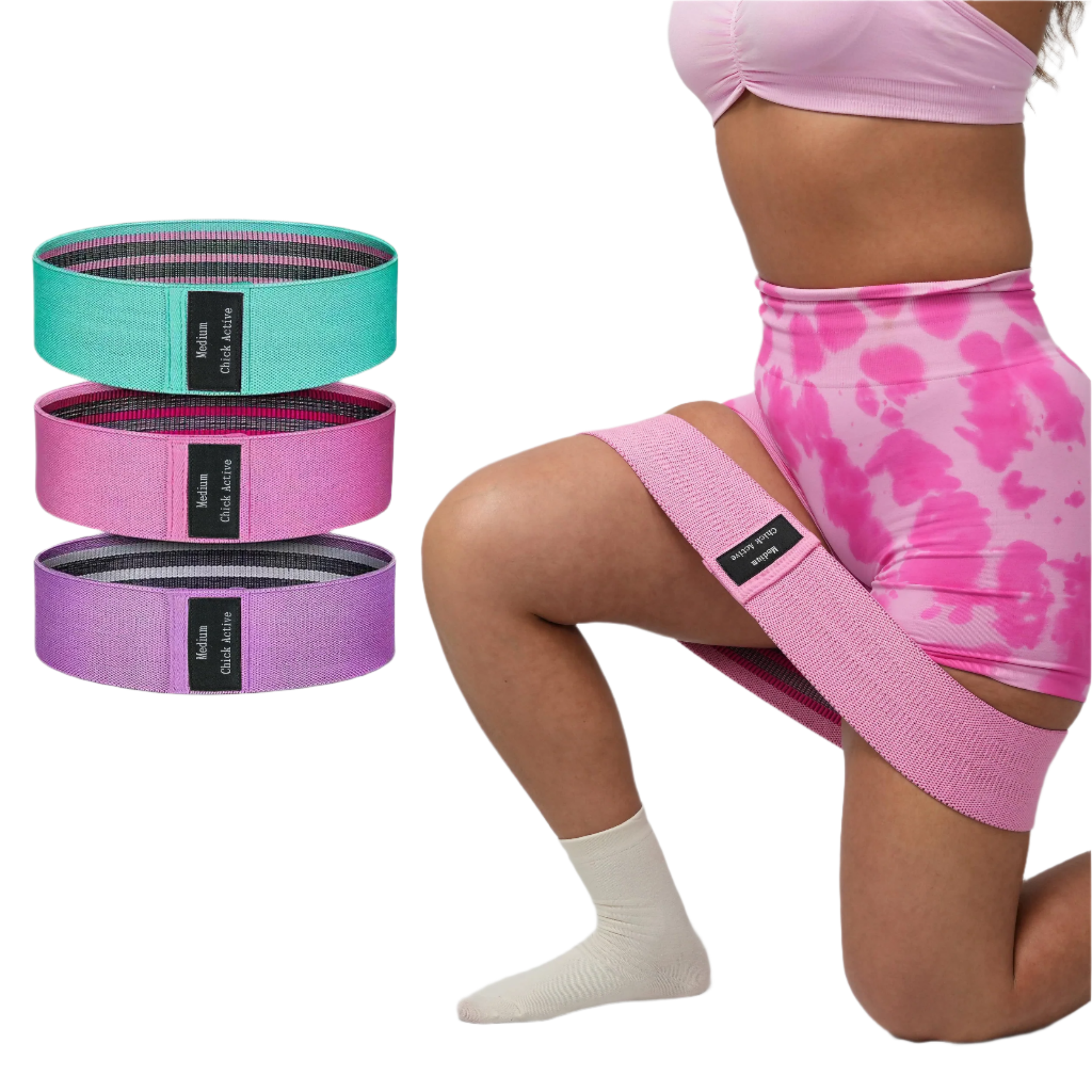
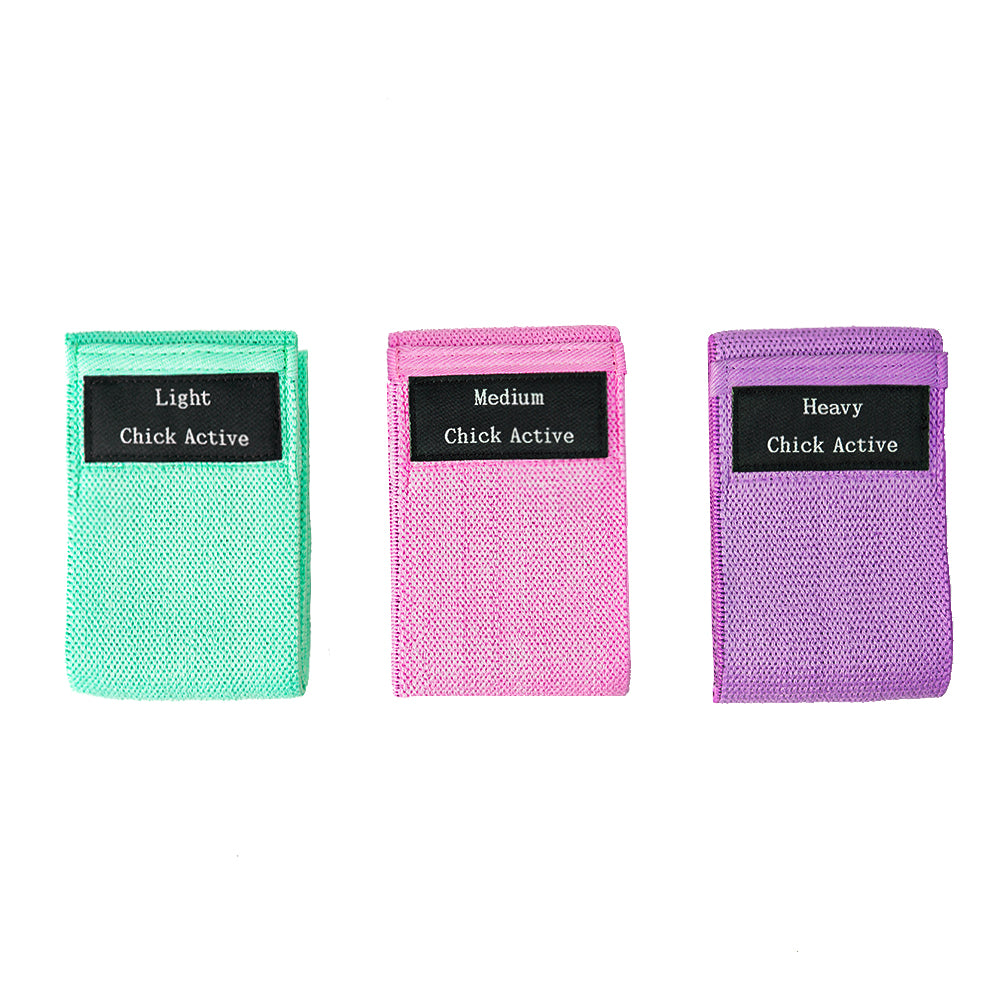
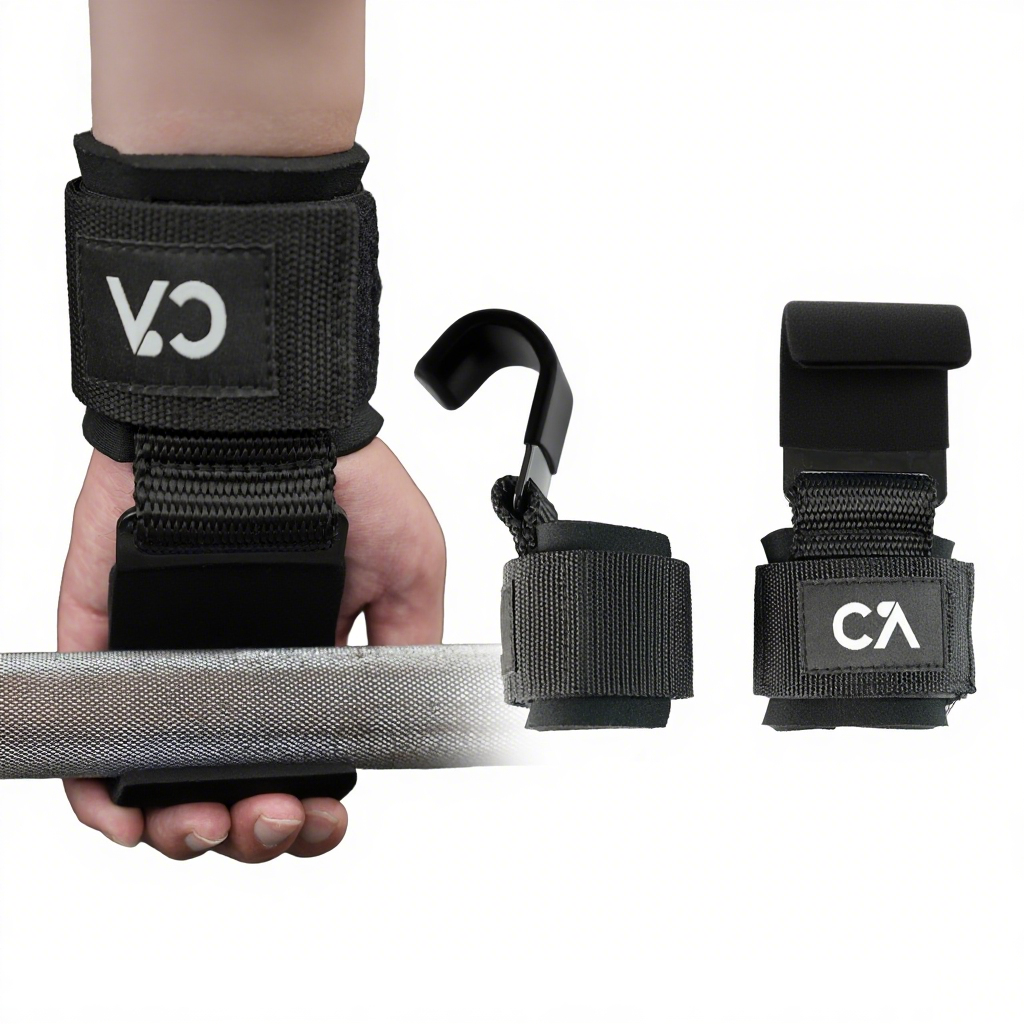
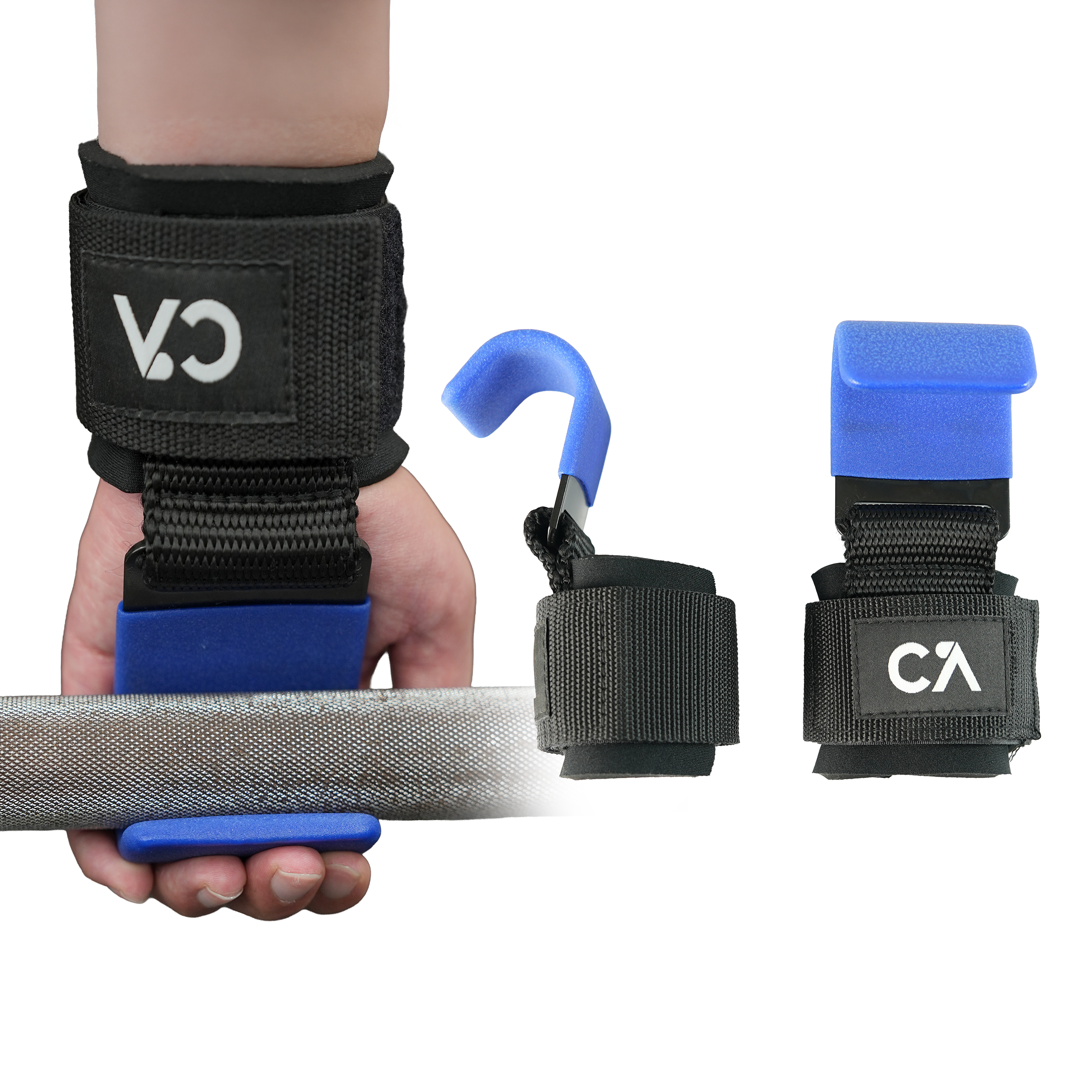
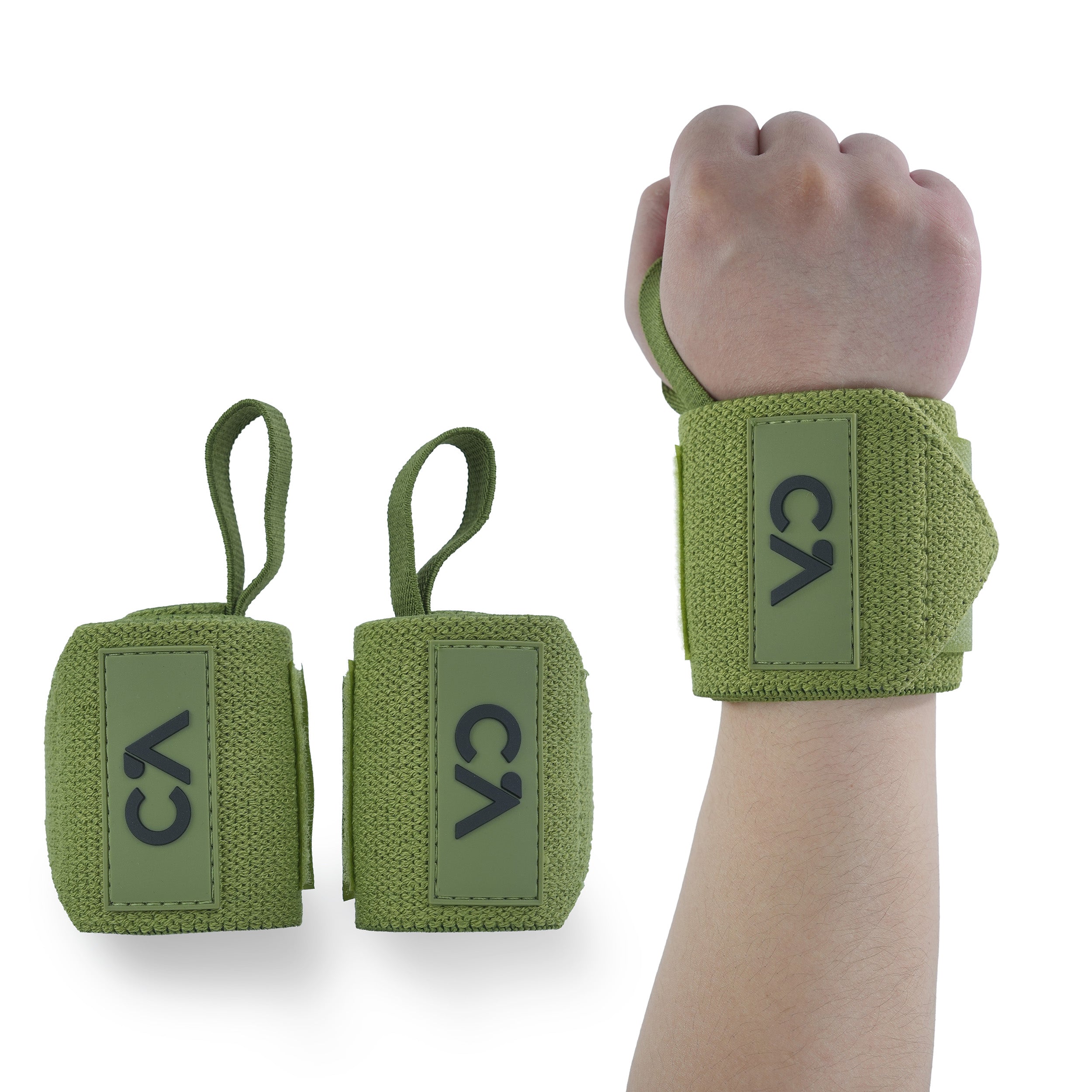
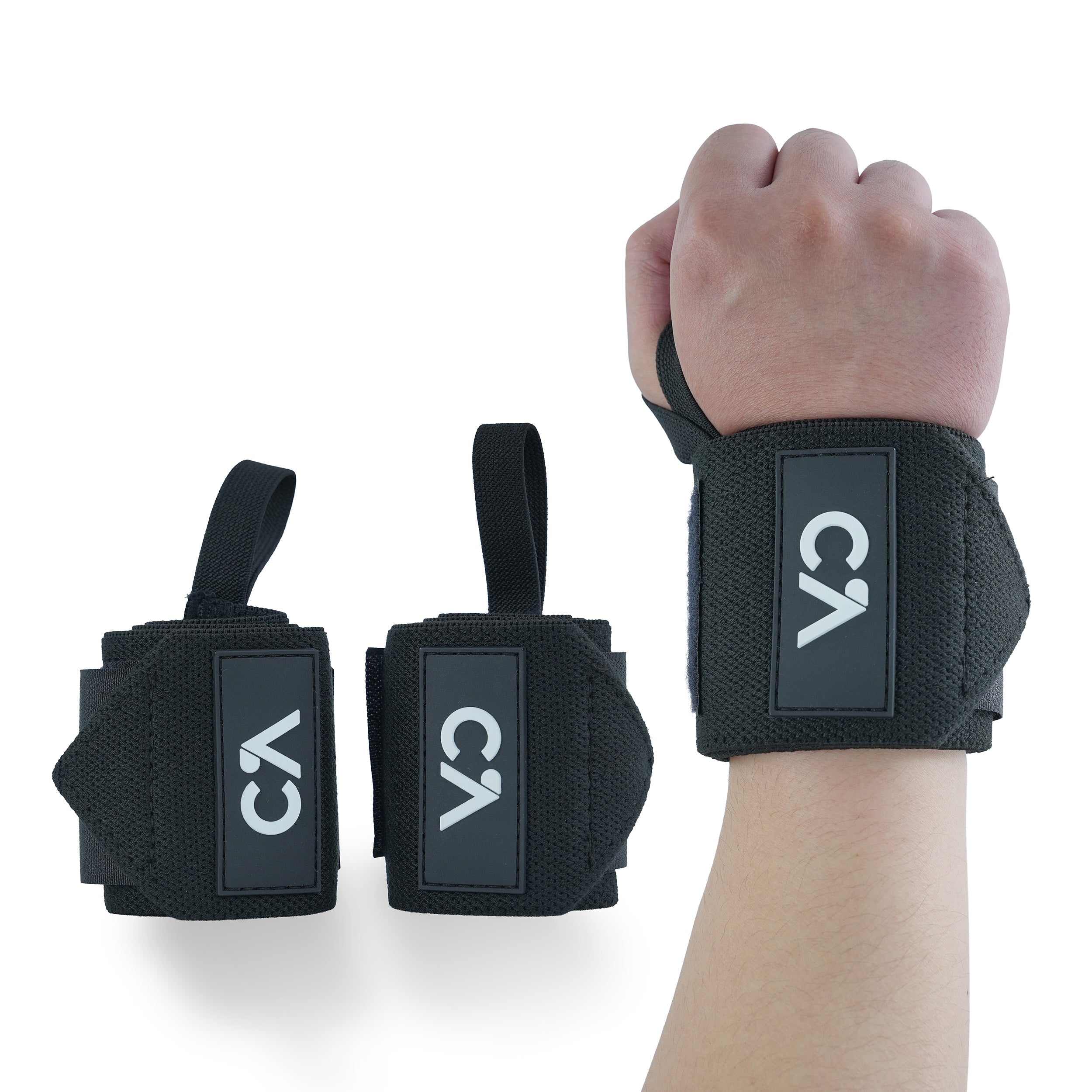
Leave a comment
All comments are moderated before being published.
This site is protected by hCaptcha and the hCaptcha Privacy Policy and Terms of Service apply.